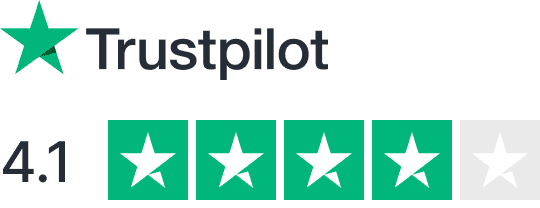Not all data breaches in Latin America require notifications. Some countries allow exemptions based on factors like encryption, risk assessments, or the type of data involved. Here’s a quick overview:
- Brazil: No notification is needed if data is encrypted, anonymized, or poses no harm (requires detailed records for 5 years).
- Mexico: Exemptions apply for encrypted data, low-risk breaches, or public information. A declaration to INAI is still required within 72 hours.
- Argentina: Notification can be skipped if data is unintelligible and risk-free, but AAIP retains oversight.
- Colombia: Exemptions exist for encrypted or public data, with a 15-day reporting window for required cases.
Key Takeaway: Understand local rules, strengthen security, and maintain thorough documentation to manage compliance effectively across LATAM.
1. Brazil’s Exemption Framework
Brazil’s Lei Geral de Proteção de Dados (LGPD) lays out data breach notification requirements in Article 48, while also detailing specific conditions under which organizations may be exempt. These exemptions apply when:
- Compromised data has been made unreadable through strong encryption or similar protective measures.
- A formal risk assessment concludes there is no reasonable chance of harm to individuals.
- The breach involves only anonymized data that cannot be traced back to identify individuals.
To qualify for an exemption, organizations must keep thorough records that include:
- Technical evidence of the security measures in place during the breach.
- Risk assessment findings that demonstrate minimal potential for harm.
- Documentation of the encryption or anonymization methods applied.
The framework focuses on the potential harm to individuals and the security measures taken to decide if an exemption applies. Organizations are required to retain these records for at least five years after the incident.
Next, we’ll look at Mexico’s approach, which takes a stricter stance on notification exceptions.
2. Mexico’s Notification Exceptions
Under Mexico’s Federal Law on Protection of Personal Data Held by Private Parties (LFPDPPP), breach notifications are generally required. However, there are specific exceptions. Unlike Brazil’s broader risk-based exemptions, Mexico’s criteria focus on harm potential and security measures.
Here are the conditions where companies can bypass notification:
- Encrypted Data: If the breached data was encrypted using advanced methods and there’s no evidence that the encryption keys were compromised.
- Risk Assessment: A formal risk assessment, conducted and verified by technical experts, confirms there’s no meaningful risk of harm to those affected.
- Public Information: The breach involves only public information that’s legally accessible through government sources or media.
For each exemption, organizations must keep thorough records, including:
- Details of the security measures in place.
- Documentation of the risk assessment process and its results.
- Proof that the data involved is public, if applicable.
Even when claiming an exemption, companies are required to submit a formal declaration to Mexico’s data protection authority (INAI) within 72 hours of identifying the breach.
Next, we’ll look at Argentina’s approach to reporting exclusions and how it impacts international businesses.
3. Argentina’s Reporting Exclusions
Argentina’s PDPL (Law 25,326) follows the risk-based approach outlined in AAIP Resolution 47/2018, rather than relying on blanket exemptions.
Here’s how the framework works:
- Immediate Notification: Notify both the AAIP and affected individuals right away if a breach could cause serious harm.
- No Notification Required: Skip notification if the compromised data is unintelligible (like encrypted data) and doesn’t present any risk.
- Documentation: Keep records of technical safeguards, the containment timeline, and the risk assessment for any decision not to notify.
- AAIP Oversight: Even if data is encrypted or pseudonymized, the AAIP can still mandate notification if it determines a risk exists.
Next, we’ll look into Colombia’s breach notification rules and its exceptions.
sbb-itb-a3fbb4e
4. Colombia’s Breach Notice Rules
Colombia takes a strict approach to breach notifications, similar to Argentina, but with specific exemptions for low-risk incidents. These rules are outlined in Ley 1581 of 2012 and Decree 1074 of 2015. Like Brazil and Mexico, Colombia’s exemptions depend on factors such as the size of the breach, the type of data involved, the potential for harm, and the security measures in place.
Organizations are not required to notify authorities if:
- The data was encrypted or pseudonymized, and encryption keys were not compromised.
- The breach only involves public records or information already publicly accessible.
- A documented risk assessment shows there’s no reasonable chance of harm to the affected individuals.
If notification is required, Colombia gives organizations 15 calendar days to report the breach, which is more lenient than Mexico’s 72-hour window. However, companies must keep detailed records for five years after an incident, even if they qualify for an exemption. These records should include technical evidence of security measures and formal findings from risk assessments.
Up next, we’ll explore the pros and cons of these exemption policies across different countries.
Benefits and Limitations
LATAM exemption frameworks simplify reporting processes but can also introduce additional compliance challenges. It’s essential to carefully evaluate these aspects when shaping your breach-response strategy across different jurisdictions.
Benefits
- Streamlined Processes: Countries like Brazil and Mexico offer clear frameworks that reduce unnecessary notifications and cut down on administrative work.
Operational Challenges
- Jurisdictional Differences: Varying rules, such as Brazil’s 5-year record retention requirement versus Colombia’s 15-day notification window, can make compliance more complicated.
- Extensive Documentation: Meeting documentation requirements often means a heavier administrative burden.
- Risk Assessments: Organizations must conduct and retain detailed risk assessments to justify exemption claims, adding to the workload.
Strategic Considerations
- Unified Encryption Standards: Adopt encryption protocols that comply with the strictest standards across jurisdictions.
- Centralized Documentation: To meet Brazil’s and Mexico’s documentation requirements, maintain a centralized system for incident records that satisfies all jurisdictions.
- Cross-Border Protocols: Develop clear procedures for breach assessment and notifications to ensure timely and consistent responses across borders.
These points highlight the balance between benefits and challenges, offering a roadmap for aligning your approach to compliance in the region.
Key Takeaways
Handling data breach notification exemptions in LATAM requires a focused and well-planned approach for US companies.
Here’s what US companies should do:
- Understand local laws: Map out notification requirements for each country and stay updated on regulatory changes.
- Strengthen security: Perform risk assessments, use end-to-end encryption, implement access controls, and conduct regular security audits.
- Establish clear procedures: Create notification processes, assign responsibilities, and maintain detailed incident logs, including timestamps, affected systems, data types, encryption details, and risk evaluations.
- Train your team: Educate employees on data protection practices and work with LATAM privacy experts.
- Secure insurance: Invest in cyber insurance to cover notification expenses and legal fees.
Make sure all practices align with the specific timelines and documentation rules of each country.
















